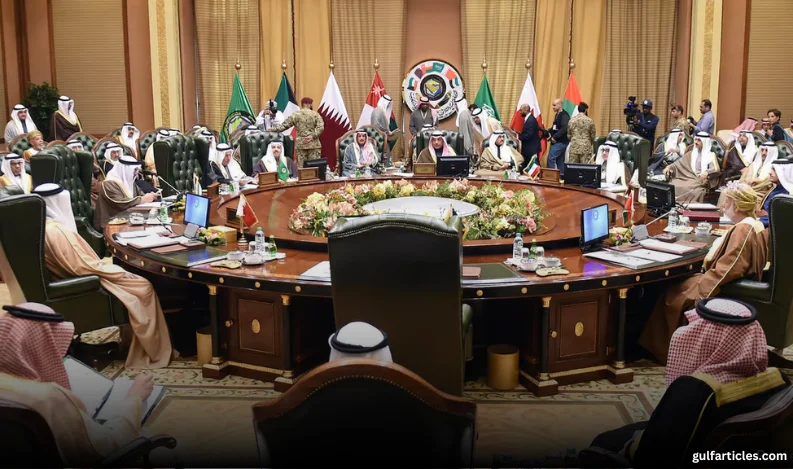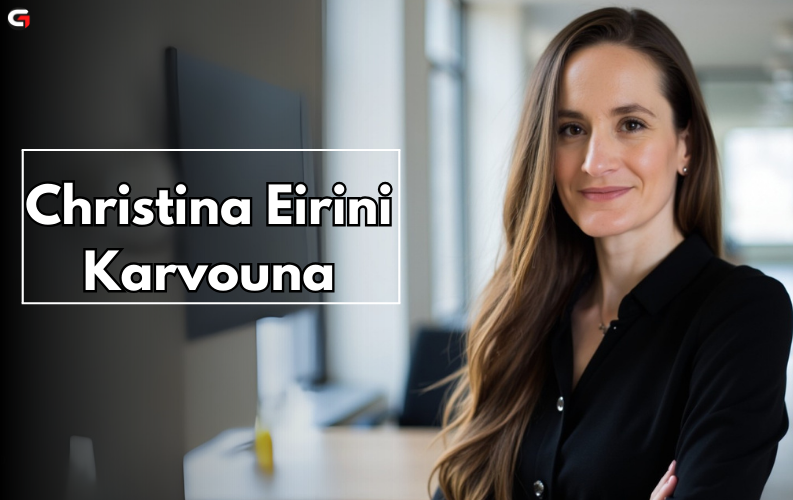Dubai, UAE – In a major breakthrough for urban transportation, Dubai has announced a partnership with Elon Musk to develop the Dubai Loop, an innovative high-speed transit system aimed at seamlessly connecting the emirate’s busiest areas.
Spanning 17 kilometers and featuring 11 stations, the Dubai Loop will have the capacity to transport 20,000 passengers per hour using electric-powered vehicles traveling at speeds of up to 160 km/h.
A Vision for the Future
The announcement was made on Day 3 of the World Governments Summit (WGS) 2025, where Musk joined a virtual session with Omar Al Olama, UAE’s Minister of State for Artificial Intelligence, Digital Economy, and Remote Work Applications.
Following the session, Sheikh Hamdan bin Mohammed bin Rashid Al Maktoum, Crown Prince of Dubai, Deputy Prime Minister, and Minister of Defence of the UAE, took to social media to share details of the project. He described it as a game-changer for urban mobility, reinforcing Dubai’s commitment to pioneering futuristic transport solutions both above and below ground.
A ‘Wormhole’ for Commuters
Speaking at the event, Al Olama highlighted that Dubai Loop is designed to provide direct, non-stop travel between key locations, enhancing convenience for residents and visitors alike.
Musk likened the system to a "wormhole", explaining that travelers will be able to instantly move from one part of the city to another.
“You just enter the loop in one part of the city and—boom—you’re out in another,” he said. “Once people try it, they’ll realize how revolutionary it is.”
Al Olama expressed gratitude for Musk’s collaboration, adding, “We look forward to this partnership and can’t wait to join the first journey.”
Underground Travel vs. Flying Transport
During the session, Musk discussed his company, The Boring Company, and its mission to create safe, efficient, and cost-effective underground transit systems.
He cited the Las Vegas Loop, which connects major hotels, the convention center, and the airport, as a successful example of how tunnels can alleviate traffic congestion.
Musk also contrasted underground travel with aerial alternatives like flying taxis and helicopters, highlighting their drawbacks.
- Noise pollution and wind disturbances can make aerial transport impractical in urban areas.
- Weather conditions such as sandstorms or heavy rain can halt airborne operations, whereas tunnels remain unaffected.
- Safety concerns arise due to the potential risk of mid-air collisions or mechanical failures.
“In contrast, underground transport eliminates traffic bottlenecks, avoids weather-related disruptions, and ensures a quieter, safer, and more sustainable travel option,” Musk explained.
Dubai’s Transport Revolution
Dubai’s long-term urban mobility vision includes extensive tunnel infrastructure to enhance connectivity and reduce road congestion. With the Dubai Loop, the emirate is once again pushing the boundaries of innovation and sustainability in global transportation.
As construction plans take shape, the city continues to solidify its position as a leader in smart mobility, setting new global benchmarks for future-forward transport solutions.






















